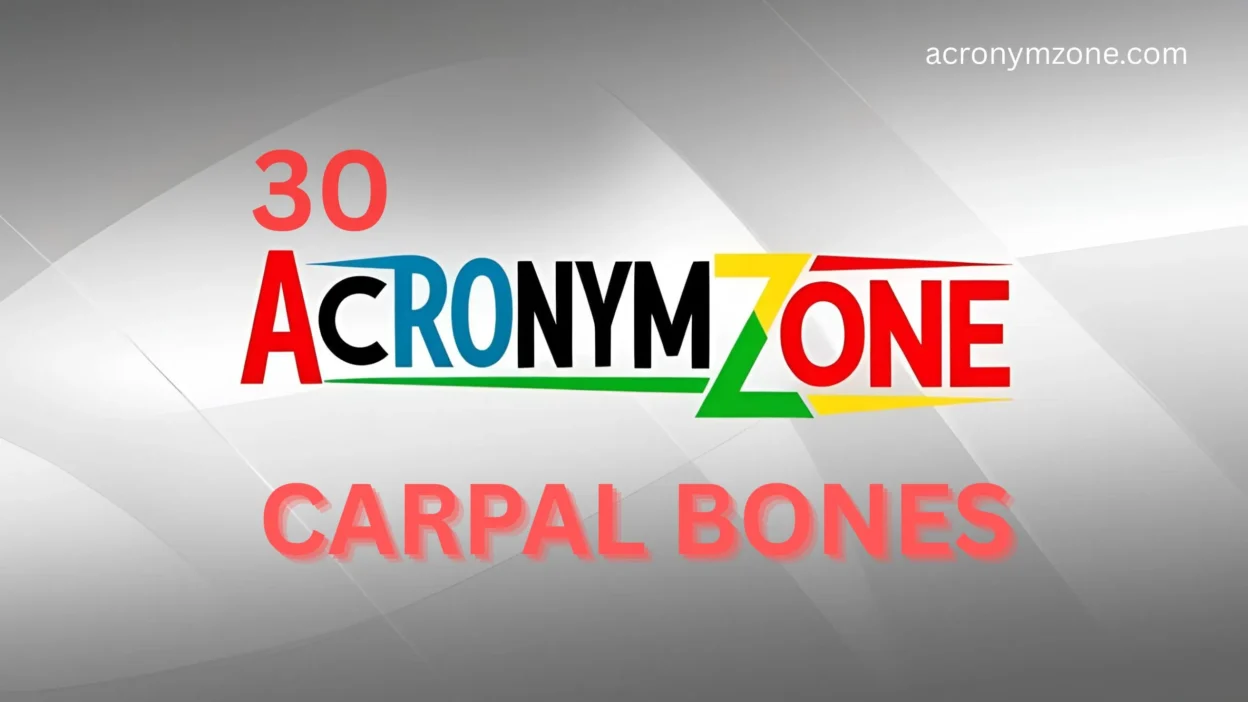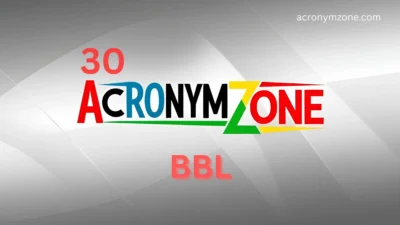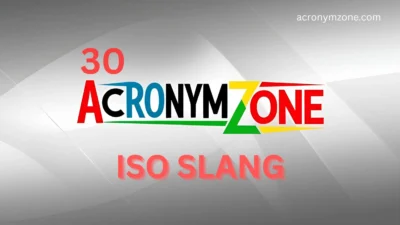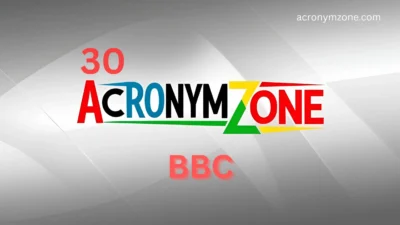If you’ve ever taken an anatomy class or glanced at a medical diagram of the wrist, you’ve likely run into the phrase “acronym for carpal bones.” These are handy memory tools that help you recall the names and positions of the eight tiny bones that form the wrist (aka the carpus).
But not all acronyms are created equal—some are professional and neutral, while others are catchy, quirky, or downright funny. Depending on your learning style or teaching context, one version may work better than another.
In this guide, we’ll explore 30 creative acronyms for the carpal bones, explain when each is most appropriate, and offer tips on how to choose the right one for your needs—whether you’re a med student, physical therapist, or just a curious learner.
🦴 Quick Refresher: What Are the Carpal Bones?
The carpal bones are arranged in two rows of four bones each, from lateral (thumb side) to medial (pinky side):
Proximal Row (thumb to pinky):
- Scaphoid
- Lunate
- Triquetrum
- Pisiform
Distal Row (thumb to pinky):
- Trapezium
- Trapezoid
- Capitate
- Hamate
🔠 30 Acronyms for Carpal Bones (with Usage Tips & Memory Tricks)
Here are 30 different acronyms or mnemonic phrases used to remember the eight carpal bones. We’ve grouped them based on tone—professional, funny, visual, and contextual—so you can pick what suits your situation.
🔹 Professional/Neutral Mnemonics
Use these in academic settings, exams, or medical environments.
- “Some Lovers Try Positions That They Can’t Handle”
Classic and widely accepted.
Best for: Standard anatomy memorization. - “Sally Left The Party To Take Cindy Home”
Neutral and easy to remember.
Best for: Teaching high school or undergrad anatomy. - “Stop Letting Those People Touch The Cadaver’s Hand”
Direct and academic.
Best for: Med school cadaver labs. - “She Looks Too Pretty; Try To Catch Her”
Simple, clean structure.
Best for: Study guides and tests. - “Send Lawyers To Prison To Take Care of Him”
Legal twist for law-and-order lovers.
Best for: Med-legal teaching contexts.
😂 Funny or Quirky Mnemonics
These are great for memory retention with a laugh.
- “Silly Little Turtles Play Tic-Tac-Toe Carefully, Hooray!”
Catchy and playful.
Best for: Kinesthetic learners or group study. - “Snoopy Likes To Play; The Cat Hates”
Cartoon-style imagery.
Best for: Visual or young learners. - “Superman Likes To Punch The Two Crazy Humans”
Comic book fan-friendly.
Best for: Younger students or fans of superheroes. - “Silly Llamas Try Pilates To Take Care Healthily”
Rhyming and wellness-themed.
Best for: PT or fitness-related anatomy classes. - “Sleepy Lions Take Pride To Taste Crunchy Hamburgers”
Odd but memorable.
Best for: Study partners who enjoy humor.
🎨 Visual or Vivid Imagery Mnemonics
These spark vivid images in your mind.
- “Seven Little Turtles Paddle To The Coral Harbor”
Imagery of turtles swimming.
Best for: Visual/spatial learners. - “Sailors Love The Port That Tames Cold Hurricanes”
Nautical theme, good for ocean imagery.
Best for: Maritime medical students or memory through metaphors. - “Some Lions Trot Peacefully Through Tall Canyon Hills”
Peaceful and natural setting.
Best for: Meditators or visual thinkers. - “Shy Leopards Take Photos That Truly Capture Happiness”
Camera-based mental image.
Best for: Photographers and creative types. - “Space Lizards Teleport Past The Time Capsule Hatch”
Sci-fi and fun.
Best for: Sci-fi fans and imaginative learners.
🧠 Contextual or Cultural Mnemonics
Use these in culturally relevant or niche environments.
- “Sikh Leaders Teach Peace; Temples Teach Calm Hearts”
Spiritual and culturally grounded.
Best for: Teaching in culturally diverse settings. - “Soccer Lovers Try Practicing Till They Conquer Honduras”
Geography meets sport.
Best for: International or sport-themed classes. - “Sushi Lovers Tend Prawns To Taste Crusty Hake”
Food-based memory.
Best for: Culinary students studying anatomy. - “Spanish Ladies Take Paella To The Countryside Hill”
Cultural flair.
Best for: Language or culture-integrated learning. - “Smart Lawyers Tame Pirates To Teach Calm Honesty”
Law + pirates = memorable.
Best for: Engaging storytelling-based learning.
🧪 Study Hack Mnemonics (Made for Speed)
Quick and efficient mnemonics designed for cramming or last-minute reviews.
- “SLTP-TTCH”
First letters only.
Best for: Exam-time flash recall. - “S. L. T. P. / T. T. C. H.”
Break it into rows.
Best for: Row-by-row memorization. - “Scary Lions Take Pills, Then Try Catching Hyenas”
Combines action and repetition.
Best for: Flashcard use. - “S-L-T-P, T-T-C-H” chant method
Rhythmic chanting.
Best for: Auditory learners. - “S-L-T-P to T-T-C-H = Slap That Thing Perfectly To Tackle Complex Hands”
Play on abbreviations.
Best for: Fast memorizers.
🤹♀️ Creative/Advanced Memory Tactics
Inventive acronyms that double as memory hooks or jokes.
- “Screw Loose? Try Placing That Tiny Cog Here!”
Mechanical analogy.
Best for: Engineering minds. - “Sly Leopards Tap Paws To Teach Crafty Hunters”
Wildlife theme.
Best for: Nature lovers. - “Some Like Tea Piping; Those Take Cocoa Hot”
Tea vs. cocoa twist.
Best for: Beverage lovers. - “Skip Lunch, Then Party! Treat That Chocolate Happily”
Food celebration.
Best for: Energizing breaks or reward-based study. - “Sore Limbs Try PT. Then Try Compression Healing.”
Therapy-based.
Best for: Physio or rehab training.
🎯 Choosing the Right Acronym for the Right Context
The best acronym depends on your learning context and personality:
- In professional/clinical settings, stick with neutral acronyms like “Some Lovers Try Positions…”
- For students or creative learners, quirky acronyms help with long-term memory.
- When teaching younger or diverse groups, visual or cultural mnemonics add fun and relatability.
- If you’re cramming, abbreviated mnemonics like SLTP-TTCH are best.
Also, consider cultural sensitivity—some phrases may not translate well or may carry unintended connotations. Always tailor your choice to your audience and environment.
✅ Conclusion
Whether you prefer a no-nonsense memory tool or something playful and imaginative, you now have 30 versatile options to lock the carpal bones into your memory—once and for all.
The key to mastering anatomy isn’t just repetition—it’s personalization. Find the acronym that speaks to your brain and learning style, and you’ll never forget what holds your wrist together.




